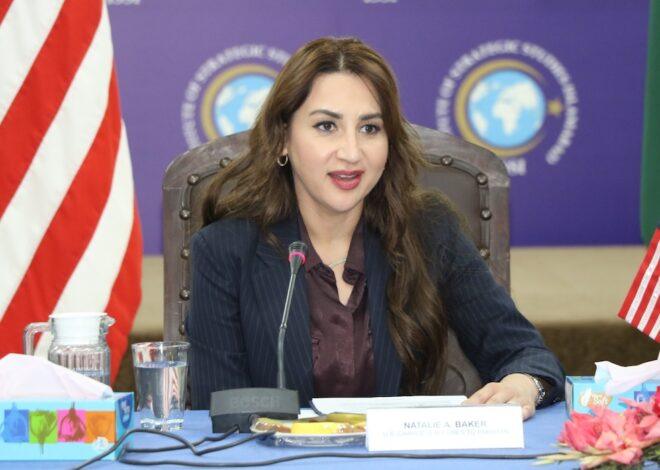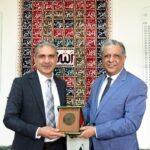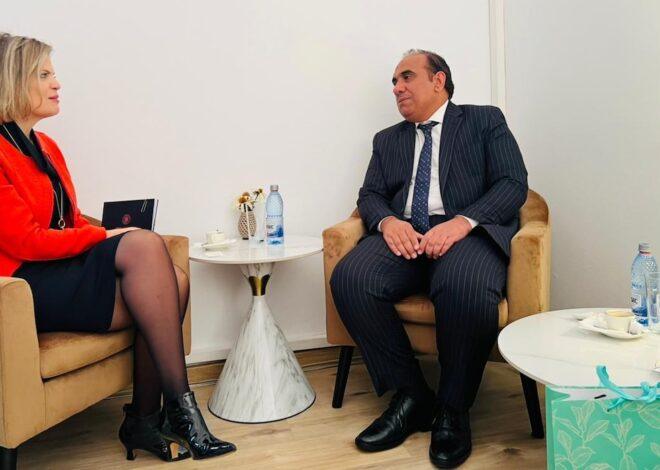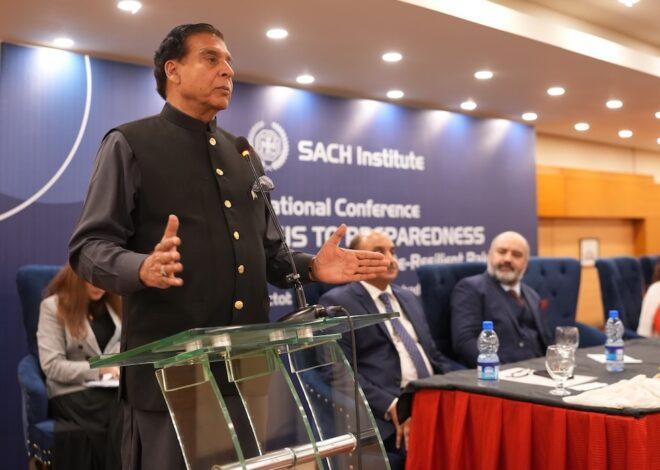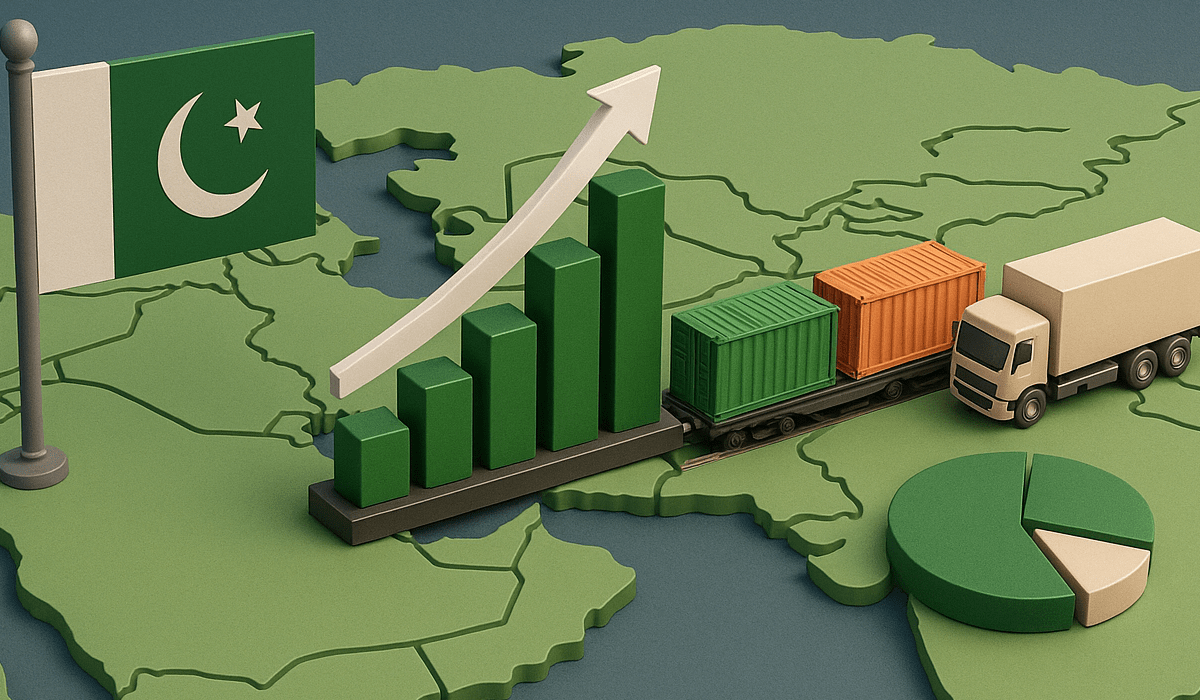
Pakistan’s Trade with Central Asia Expands, but Regional Share Remains Marginal
ISLAMABAD – Pakistan’s trade with Central Asian states, Afghanistan and Azerbaijan witnessed a notable rise in FY25, reaching $2.41 billion compared to $1.92 billion in the previous year. While the increase signals a revival of regional commercial linkages, analysts caution that Pakistan’s presence in the broader Central Asian market remains negligible.
According to official data, exports surged to $1.77 billion in FY25 from $1.34 billion a year earlier, while imports edged up to $641 million from $581 million. The trade balance continues to favor Pakistan, driven largely by its dominance in the Afghan market.
Afghanistan alone accounted for nearly 80 percent of Pakistan’s regional exports, which climbed to $1.39 billion, while imports stood at $612.5 million. Beyond Afghanistan, Kazakhstan emerged as the second-largest partner, absorbing $250.8 million worth of Pakistani exports. Uzbekistan followed with $91.4 million in exports and $20.3 million in imports. Trade flows with Kyrgyzstan, Tajikistan, Turkmenistan and Azerbaijan remained relatively modest but stable.
Transit trade through Pakistan’s corridors also grew significantly, reaching $410 million in FY25, underscoring Islamabad’s role as a key gateway for Central Asia’s access to South Asia and global markets. Experts note that infrastructure initiatives under the China-Pakistan Economic Corridor (CPEC) and the opening of alternative border crossings have contributed to this upward trend.
Yet, the scale of Pakistan’s trade remains strikingly small compared to Central Asia’s global commerce. The region’s external trade is estimated at $318 billion, while Pakistan’s share lingers below $0.5 billion. Economists argue that reliance on Afghanistan as the primary market reflects both opportunity and vulnerability, as political instability and border management issues often disrupt flows.
Analysts stress that Pakistan’s long-term potential lies in forging direct trade corridors with Central Asian republics. This would require accelerated investments in road and rail connectivity, streamlined customs procedures, and diversification beyond traditional exports such as textiles and food products. Without such measures, Pakistan risks remaining a marginal player in a region that is increasingly integrated with China, Russia, and Turkey.

